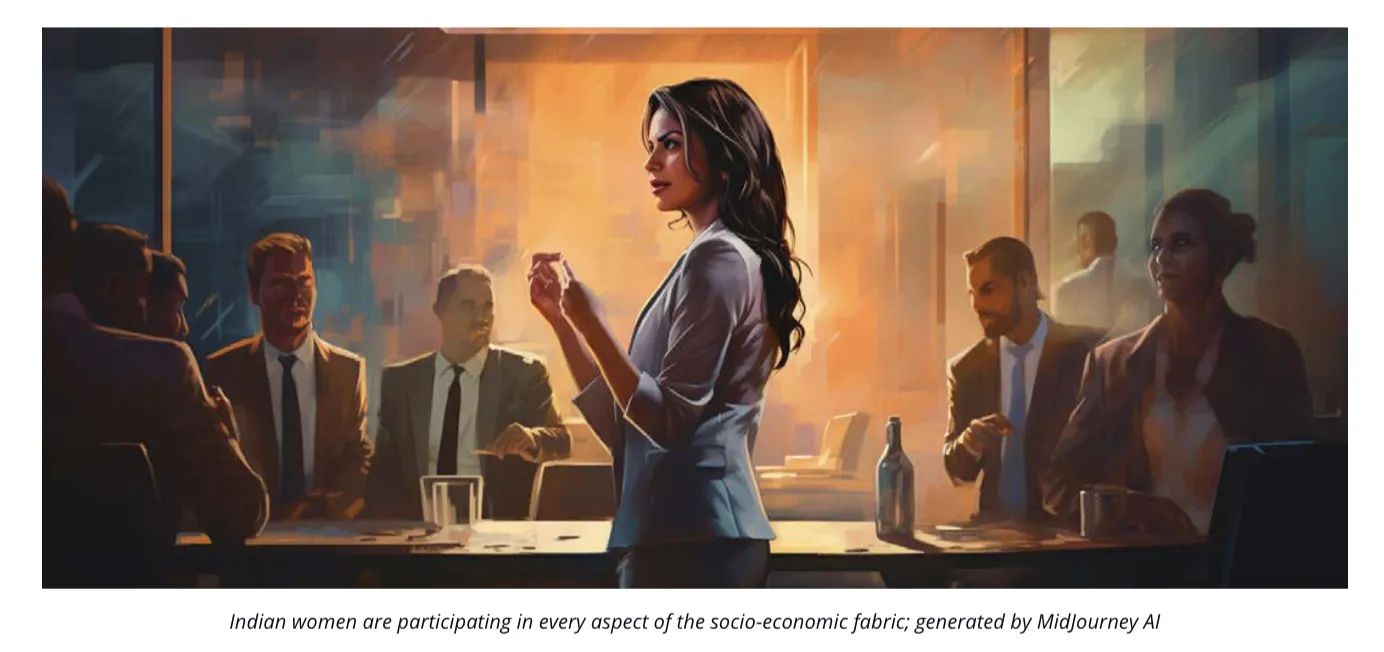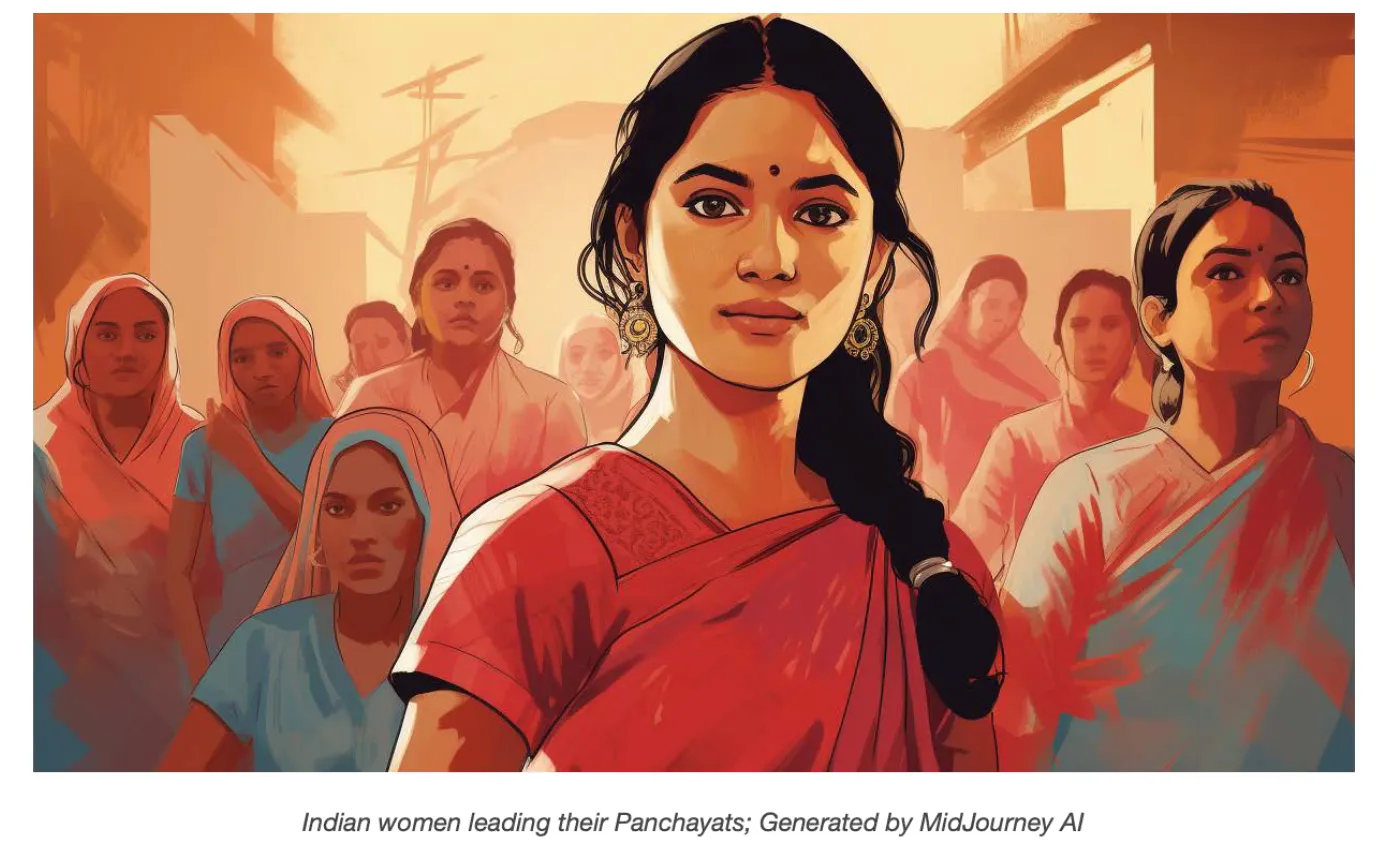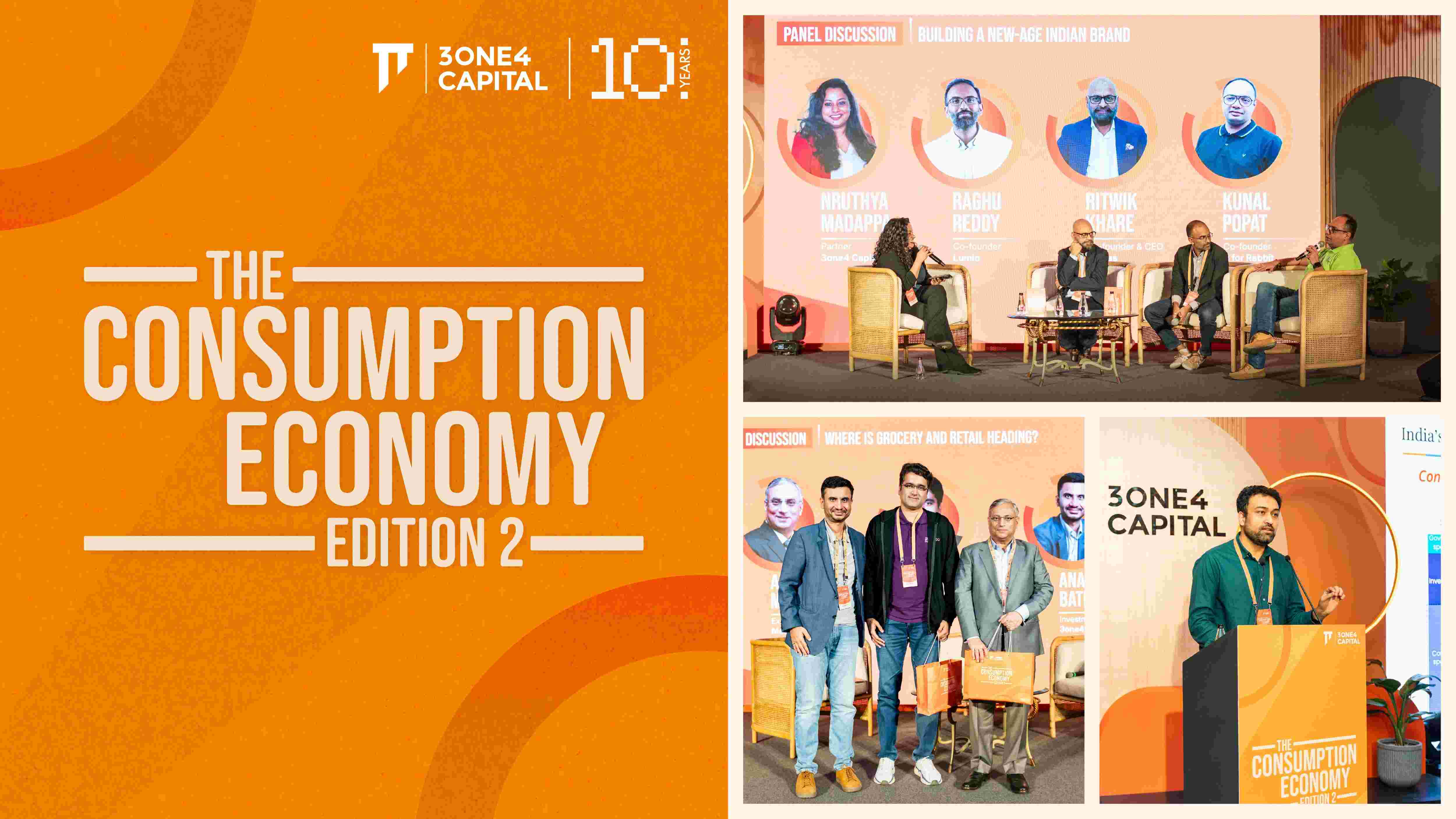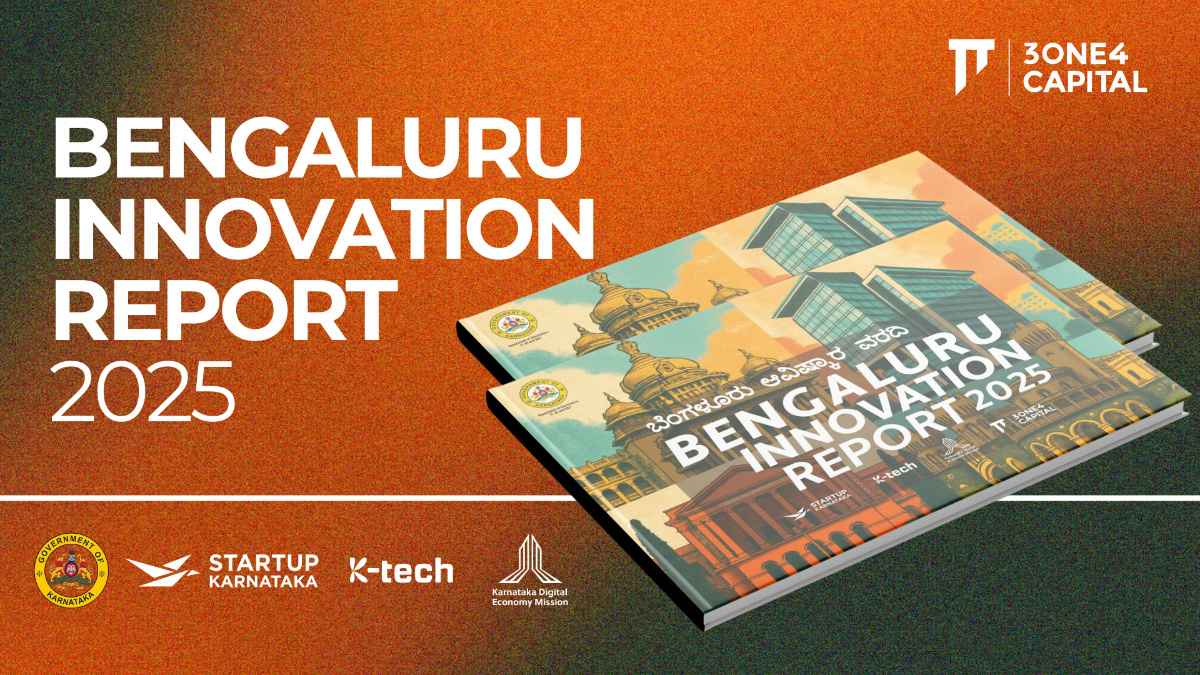
Rise of the Indian Woman
The inclusion of Indian women in the national narrative has risen dramatically since economic liberalisation in 1991. It has been a long and hard road, filled with policy failures and active de-prioritisation of women education pre-1991. Meanwhile, women literacy rates in China are at 96% - contributing to more prosperity and lower population growth - compared to 72% (NFHS-5) in India.
Much of this 72% has to do economic liberalisation and ensuing globalisation, along with a concerted digital push. In the 1950s, just after Independence, women's literacy was barely 9%. 44 years later in 1991, it had slowly risen to 39% per Census. After liberalisation, it accelerated to 72% in 2022. To study the effect of women's literacy on the economy and demographics, one only needs to correlate it to total fertility rates (TFR). In the same period that women's literacy rates rose from 43% to 72%, TFR plummeted from an abnormally high 3.4 down to 2. The Indian population is officially below replacement. More importantly, this is completely organic, not a result of forced population control and largely a consequence of women's literacy and empowerment. PM Modi's 'Beti bachao, beti padhao' program has also improved gender ratio at birth from 887 per 1000 in 2014 to 910 in 2020, per CRS and UN data.

Meanwhile, women have been capitalising on the new horizons open to them to study and build clear aspirations. Women's enrolment in higher education institutions is galloping at 5% YoY since 2011-12, per AISHE data, while men's enrolment rate has slowed to 3%. Gross enrolment ratio (GER), which is the measure of how many young people in the 18-23 age bracket are in college, shows women overtook men for the first time in FY19 – 26.3 for male vs 26.4 for female. This difference is only increasing; in FY21, women’s GER is 27.9 vs 26.7 for men – a difference of more than one point. There is no doubt anymore that the Indian woman is breaking out with unambiguous aspirations.
This is a pan-India phenomenon. Many states in both the south and north have higher women GERs than men – Uttar Pradesh, Jharkhand, Punjab, West Bengal, Karnataka, and Telangana, to name a few. Only 5.9 lakh women from the ST community across India enrolled in 2012-13, compared to 7.32 lakh men. In 2020-21, ST women had overtaken men in enrollment – 12.2 lakh vs 11.9 lakh – and in growth – 9.6% vs 6.3%, 8-year CAGR. Even within the Muslim community with the lowest enrolment ratios in the country, women’s enrolment, at 6.5% CAGR, is rising faster than men at 4.6% and has equalized in absolute numbers in 2020-21.
Women are now participating in every sphere of the Indian socio-economic fabric. Science and technology fields like biotechnology, life sciences, space and others have many women quietly working away at frontier innovations. The women of ISRO are a more famous example and have been integral to India's spectacular space successes.
This extends to startups as well, where we see women founders and co-founders of tech startups in almost every field – e-commerce, fintech, artificial intelligence, life sciences, media, education, health, and more. Corporate India is also seeing increasing women participation.

Panchayat Raj has been a sphere where women have come into their own and are implementing far-reaching reforms for their villages. What started as a 33% reservation, subsequently increased to 50%, has now taken a life of its own. Panchayat women are taking ownership of their village's development and finding new ways of gainfully employing the citizens, making the village self-reliant in energy by instituting solar panels or wind turbines and bringing other women together in SHGs to work towards the betterment of their communities. The number of female Sarpanchs is also on the rise.
We observe a similar phenomenon in many areas - the administrative services, the political machinery, entrepreneurial ventures, farming and dairy production, manufacturing, and so on.
Further, the government’s drive to provide clean water, the right to paid maternity and paternity leave, maternal and child immunizations, free LPG cylinders to 9 crore rural women for smoke-free cooking and sanitation via Swacch Bharat has contributed tremendously to the health and upliftment of the Indian woman. India's digital push and utilising India Stack with Jan Dhan accounts have provided some of the most extensive one-swoop women empowerment drives in the world.
While there's still some way to go, there's no doubt we are today witnessing the rise of the Indian woman. The groundwork is laid. As more women look for opportunities, be it in the rural economy, post-graduate employment or in the cities, the country must now ensure these opportunities exist. This is how we double our workforce, productivity, and economy. The future of India lies in our women.
DISCLAIMER
The views expressed herein are those of the author as of the publication date and are subject to change without notice. Neither the author nor any of the entities under the 3one4 Capital Group have any obligation to update the content. This publications are for informational and educational purposes only and should not be construed as providing any advisory service (including financial, regulatory, or legal). It does not constitute an offer to sell or a solicitation to buy any securities or related financial instruments in any jurisdiction. Readers should perform their own due diligence and consult with relevant advisors before taking any decisions. Any reliance on the information herein is at the reader's own risk, and 3one4 Capital Group assumes no liability for any such reliance.Certain information is based on third-party sources believed to be reliable, but neither the author nor 3one4 Capital Group guarantees its accuracy, recency or completeness. There has been no independent verification of such information or the assumptions on which such information is based, unless expressly mentioned otherwise. References to specific companies, securities, or investment strategies are not endorsements. Unauthorized reproduction, distribution, or use of this document, in whole or in part, is prohibited without prior written consent from the author and/or the 3one4 Capital Group.





.webp)









